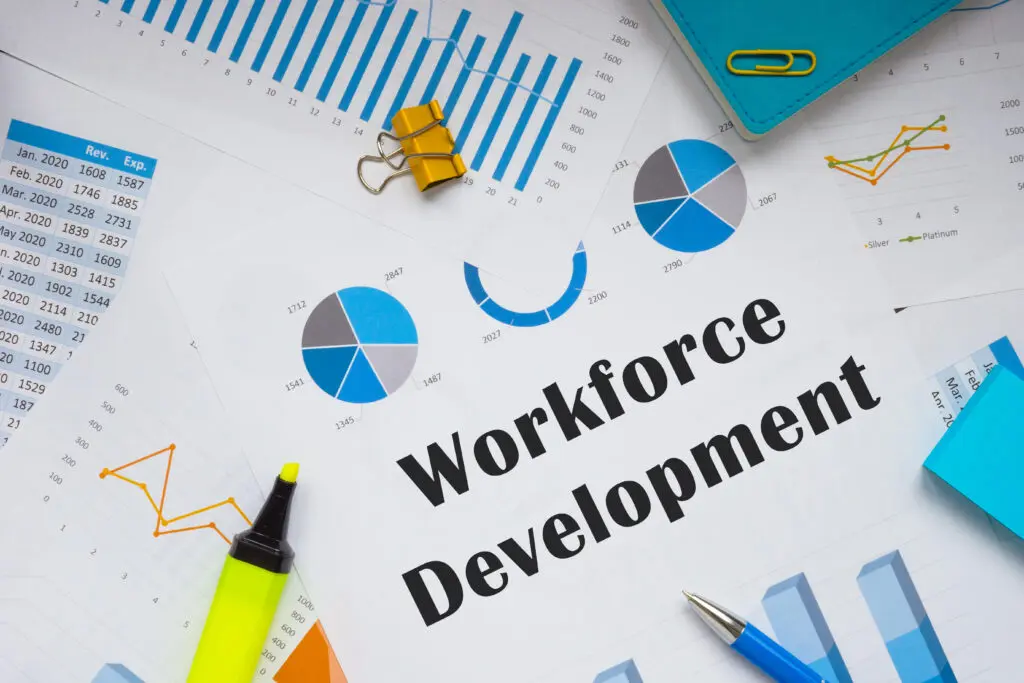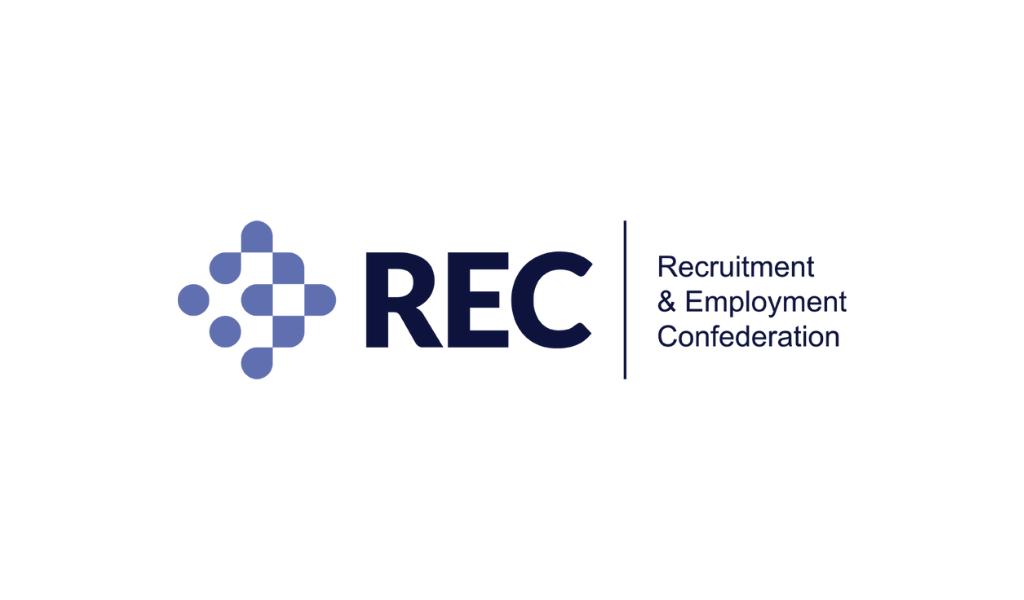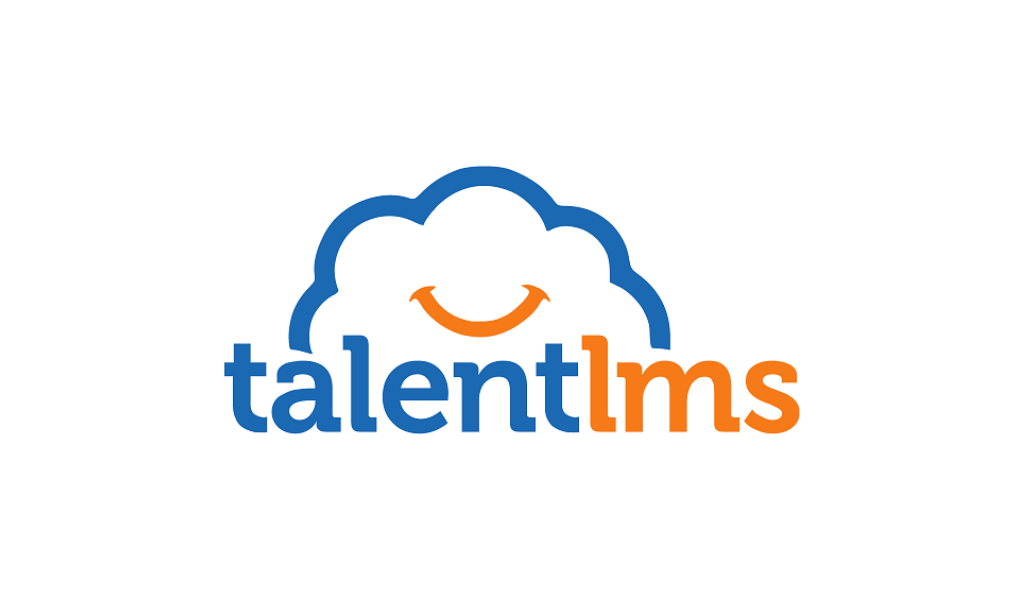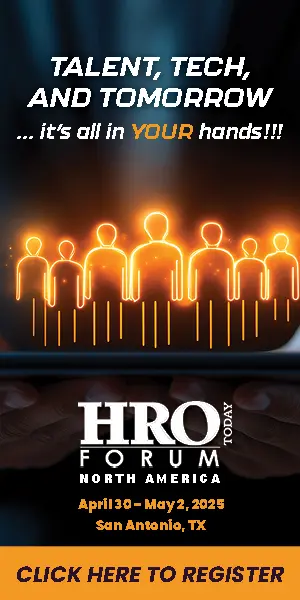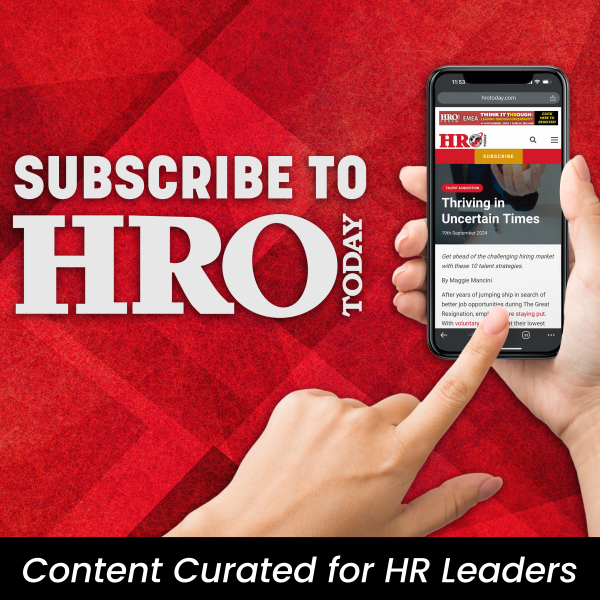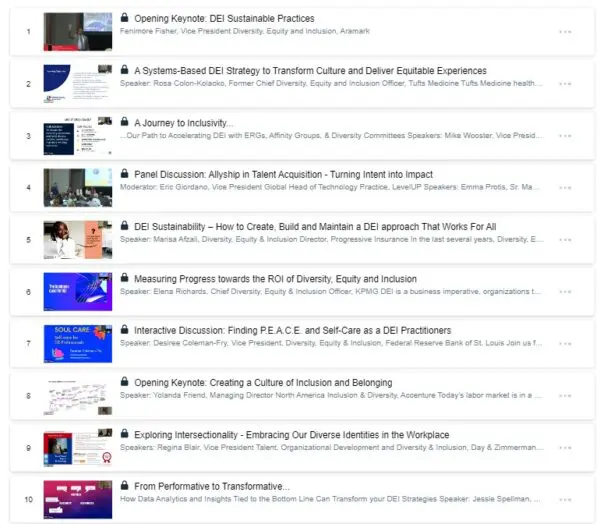Four key strategies that drive a holistic skills-first organization.
By Michael Ehret
It’s no secret that in today’s fast-paced world, the workplace skills that are needed are changing faster than ever before—and the need for a shift to a common language to help talent grow has never been more apparent. In today’s world, that common language is “skills.” According to the World Economic Forum, since 2015, skill sets for jobs have changed by nearly 25%, and by 2025, 50% of all employees will need reskilling due to the adoption of new technologies.
However, despite 73% of companies reporting using skills-based hiring in 2023, with 27% adopting it in the last 12 months, many organizations are struggling to integrate skills data into their HR processes and make the necessary organizational changes to fully embrace a skills-based approach. The key to success lies in adopting a holistic, skills-based approach to talent management that looks beyond immediate skill gaps and creates a dynamic ecosystem of continuous learning and adaptability.
Cultivating a Holistic Skills-First Organization
There are many dimensions that make up a person: their aspirations, motivations, experiences, and skills, to name a few. All are important and need to be considered in ensuring fulfillment and contentment. A holistic, skills-based approach to talent management transcends the traditional job-centric model, integrating skills-based practices across the entire employee lifecycle. This comprehensive strategy transforms how organizations hire, develop, and retain talent, creating a more agile and adaptable workforce. Key components of this approach include the following.
1. Establishing a common language of skills.
Organizations need to be clear about what skills are essential to any role—no matter the department or level. For example, if a company prioritizes collaboration, it should emphasize skills such as effective communication and teamwork across all positions, from entry-level staff to executives. Conversely, if an organization is committed to customer service excellence, every employee should be equipped with skills in empathy and problem-solving to enhance the customer experience. By establishing a common language of skills, organizations can create a unified culture where everyone understands their contributions and how they align with the company’s mission.
Known as a common language of skills, this method helps foster cross-functional collaboration and internal mobility by creating a shared understanding of competencies across functions. When consistently applied throughout the organization, it enhances transparency in career progression, facilitates more objective performance assessments, allows for more precise targeting of learning and development (L&D) resources, and ultimately, a level playing field.
2. Using data-driven insights to identify current and future skills gaps.
Forward-thinking organizations are harnessing the power of advanced analytics to conduct comprehensive skills gap analyses, both for current needs and future projections. This data-driven approach enables precise identification of skill deficiencies and emerging competency requirements, aligning workforce capabilities with strategic business objectives.
By establishing a common language of skills, organizations can create a unified culture where everyone understands their contributions and how they align with the company’s mission.
For example, Johnson & Johnson’s (J&J) decision science team has pioneered the use of analytical models to map existing skill sets against projected needs. This analysis has not only identified immediate skill gaps but also anticipates future competency requirements based on industry trends, technological advancements, and strategic business forecasts. The insights derived from this analytical process have formed the foundation for J&J’s innovative learning and development ecosystem, “J&J Learn.” This ecosystem represents a paradigm shift in corporate learning, offering personalized, AI-driven learning pathways that directly address identified skill gaps and proactively prepare the workforce for future challenges.
By adopting a data-centric approach, organizations can move beyond reactive skill development to a proactive strategy that ensures a continuously evolving, future-ready workforce.
3. Ensuring equitable access to L&D opportunities.
HR leaders understand the key to any type of growth—whether personal or professional—is a learning mindset. Equitable L&D opportunities are essential for building global organizational resilience and driving long-term success. It’s how employees stay fresh, focused, and fueled to set themselves and their organizations apart.
The “J&J Learn” ecosystem exemplifies this approach by serving as a centralized hub for approximately 100,000 learning and development resources, enabling all 130,000 J&J employees globally to have equal access to the breadth of the company’s personalized learning and development opportunities.
In today’s rapidly evolving business landscape, ensuring equitable access to L&D opportunities has become more crucial than ever. Prioritizing equal access to L&D initiatives for all employees, regardless of their position, background, or tenure is essential for organizational adaptability and employee retention and engagement. When all employees have the chance to develop new skills and competencies, organizations can more effectively address talent shortages, promote from within, and create a more agile workforce capable of meeting evolving business needs.
4. Committing to nurturing individual skill sets through continuous L&D.
Once individuals are hired, the skills-based focus doesn’t stop there. It’s a continuous journey to grow and enhance skills so that employees can achieve their full potential, and organizations can deliver game-changing results.
Organizations should empower employees to think beyond their current career or job title and into their future career and encourage them to view their skills and capabilities as malleable, constantly evolving with the business and the changing landscape.
By promoting a culture of continuous growth and self-reinvention, companies can create an environment where employees feel emboldened to challenge the status quo and drive transformative change in skill development.
Embracing a holistic approach to skills-based talent management is a business imperative for those who want to have long-term success. Organizations should be creating a dynamic ecosystem that fosters continuous learning, enhances adaptability, and aligns workforce capabilities with strategic goals. This strategy not only addresses immediate skill gaps that the business needs, but it also builds a resilient, future-ready workforce that is more engaged in navigating ongoing disruptions and driving long-term competitive advantage.
Michael Ehret is head of global talent management for Johnson & Johnson (J&J).


